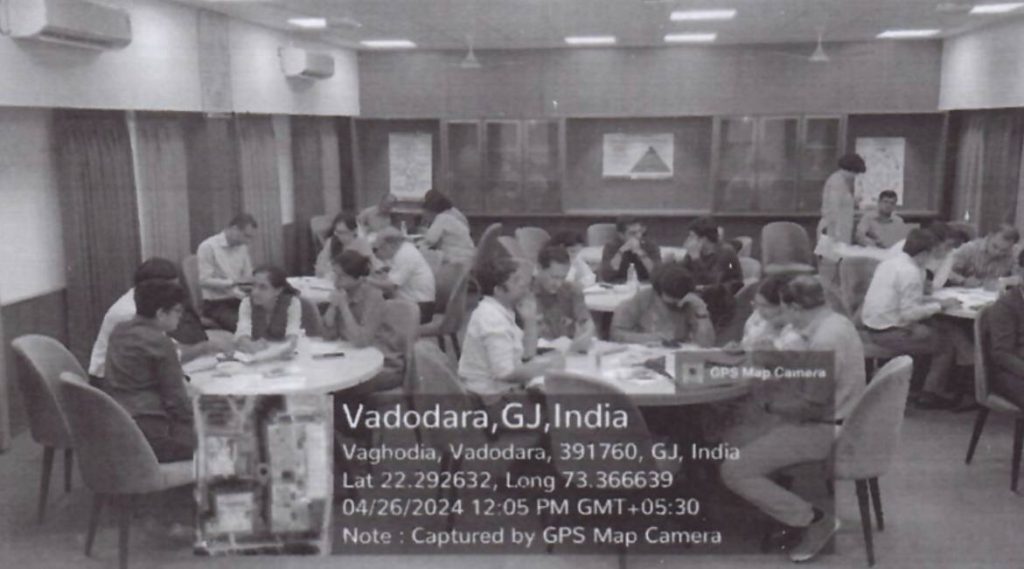Parul Institute of Medical Sciences and Research
Extra curricular events

Balancing Knowledge with Engaging Extracurricular Activities.
We believe that a well-rounded educational experience goes beyond the confines of the classroom and laboratory.
Extracurricular events provide valuable opportunities for students, faculty, and researchers to engage in activities that promote personal growth, leadership skills, and overall well-being.
These events are integral to creating a balanced and fulfilling experience at our institute, allowing participants to explore interests outside of their core academic and research activities.
Learning Beyond the Lab
Holistic Development
Students gain insights into the latest advancements and research findings in medical
science, keeping them at the forefront of the field.

Exposure to different methodologies, approaches, and research topics broadens students' understanding of medical science.

Engaging with advanced topics and complex discussions enhances critical thinking and analytical skills.

Events often showcase emerging trends and technologies, helping students stay informed about future directions in medical science.

Exposure to high-impact research and successful professionals helps students envision their own future contributions to the field.
Our Extracurricular Events
Educational Technology & Mobile Learning
Lorem ipsum dolor sit amet, consectetur adipiscing elit. Ut elit tellus, luctus nec ullamcorper mattis, pulvinar dapibus leo.

Fintech & Key Investment Seminar

Sport Management Information Webinar

Arizon Alumni Tour Batch 2019

Asia Pacific Studies Fall Festival
Job Seekers From Overcoming Failure
Lorem ipsum dolor sit amet, consectetur adipiscing elit. Ut elit tellus, luctus nec ullamcorper mattis, pulvinar dapibus leo.
- Arizon Grand Hall
- 9 June 2021
- $20.00
- Arizon Grand Hall
- 9 June 2021
- $20.00
Take a look at our
Flagship Events

National Healthcare Skills Conclave!
Lorem ipsum dolor sit amet consectetur adipiscing elit. Ut elit tellus luctus nec ullamcorper mattis pulvinar dapibus.

Dynamic One-Day Conference- Hopecon!
Lorem ipsum dolor sit amet consectetur adipiscing elit. Ut elit tellus luctus nec ullamcorper mattis pulvinar dapibus.
What goes on in our Literature fest- Confluence!
Lorem ipsum dolor sit amet consectetur adipiscing elit. Ut elit tellus luctus nec ullamcorper mattis pulvinar dapibus.
- Arizon Grand Hall
- 9 June 2021
- $20.00
WORKSHOP ON GOOD CLINICAL PRACTICE
The session aimed to impart knowledge on Good Clinical Practice (GCP) to postgraduate residents from both clinical and non-clinical branches. The focus was on educating them about ethical guidelines, regulatory requirements, and best practices in clinical research to ensure the safety and well-being of participants. The training also emphasized the importance of maintaining high standards in conducting and documenting clinical trials.
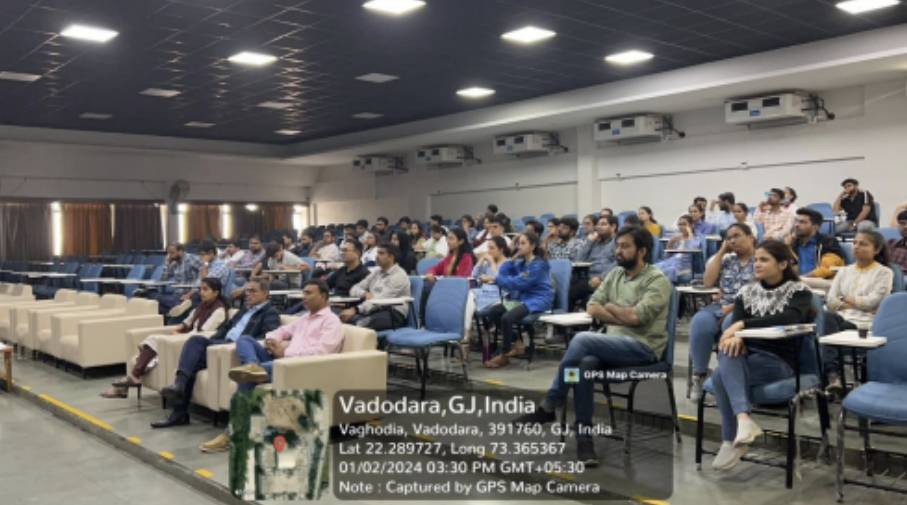
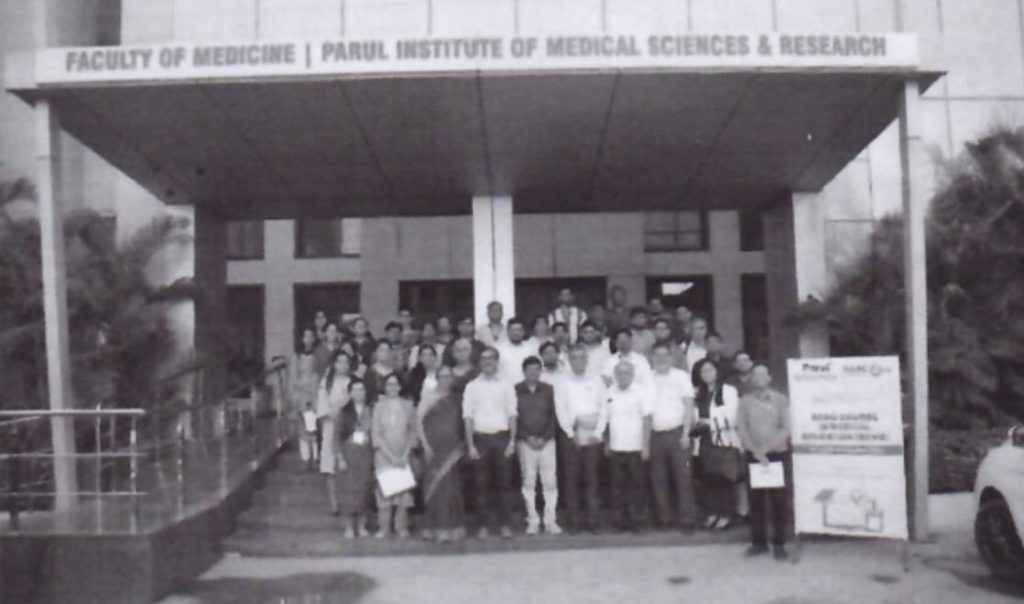
BASIC COURSE IN MEDICAL EDUCATION
BASIC COURSE IN MEDICAL EDUCATION 2
In CBME, the cognitive, affective, and psychomotor learning domains guide the development of medical competencies. The curriculum focuses on learner-centered approaches with clear competencies, emphasizing active learning and continuous assessment. Effective teaching methods include problem-based learning and simulations, while formative evaluations and workplace-based assessments ensure competency development.
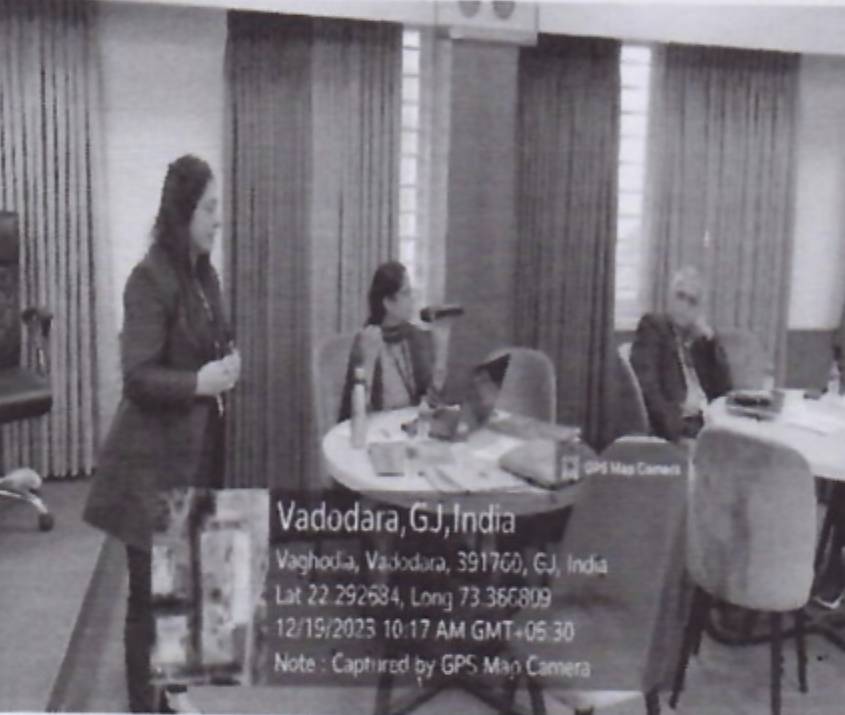
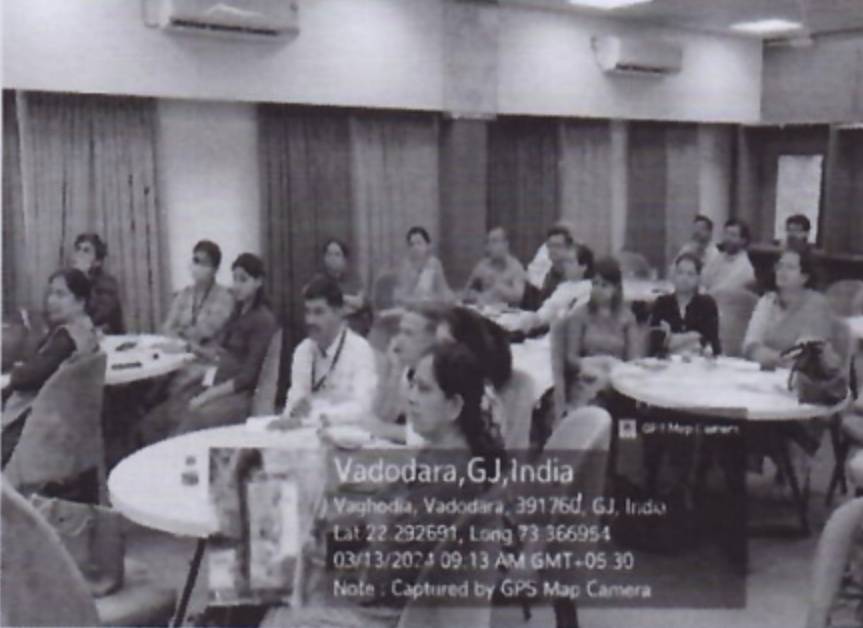
CURRICULUM IMPLEMENTATION SUPPORT PROGRAMME - 3
The Graduate Medical Education Regulations (GMER) 2019 and 2023 outline the framework for medical education, focusing on competency-based training and structured progression. Key elements of the CBME curriculum include defined competencies, learner-centered teaching, and continuous assessment to ensure holistic development. As part of the curriculum governance structure, educators contribute to curriculum design, implementation, and evaluation, ensuring quality and alignment with regulatory standards.
FIRST REFRESHER COURSE IN MEDICAL EDUCATION
The CBME curriculum includes defined competencies across cognitive, affective, and psychomotor domains, focusing on learner-centered, real-world applications. Teaching methods such as case-based learning, simulations, and problem-solving are used to promote active engagement. Assessment methods, including formative evaluations, direct observations, and workplace-based assessments, ensure continuous feedback and competency development throughout the learning process.
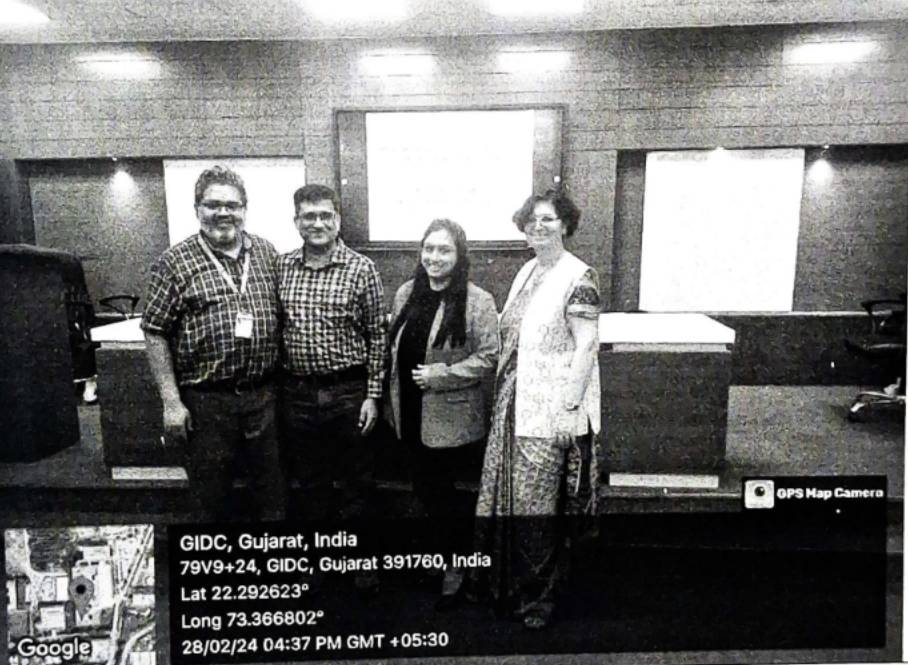
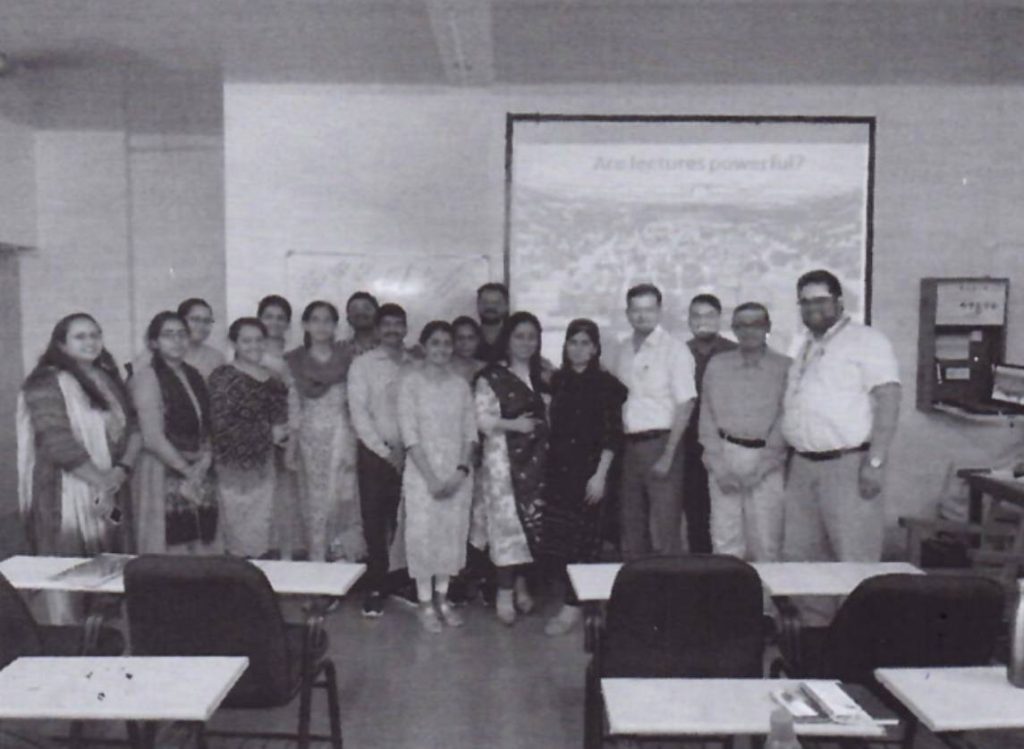
DELIVERING A LECTURE - CHALLENGES AND TIPS
Effective lecturing involves clear communication, engaging content, and active student participation. Good practices include using visual aids, maintaining a structured flow, and encouraging student interaction through questions or discussions. Additionally, the lecturer should adapt to the learners’ needs, provide real-world examples, and ensure clarity to enhance understanding and retention of the material.
AETCOM SESSION
The AETCOM (Advanced Educational Technology in Communication) module focuses on enhancing communication skills, especially in educational contexts. The process of delivering an AETCOM module involves structured teaching that integrates technology to improve interaction, engagement, and the overall learning experience. It emphasizes interactive methods and resources, promoting effective communication between educators and students. This module is aimed at improving both verbal and non-verbal communication techniques through practical application.
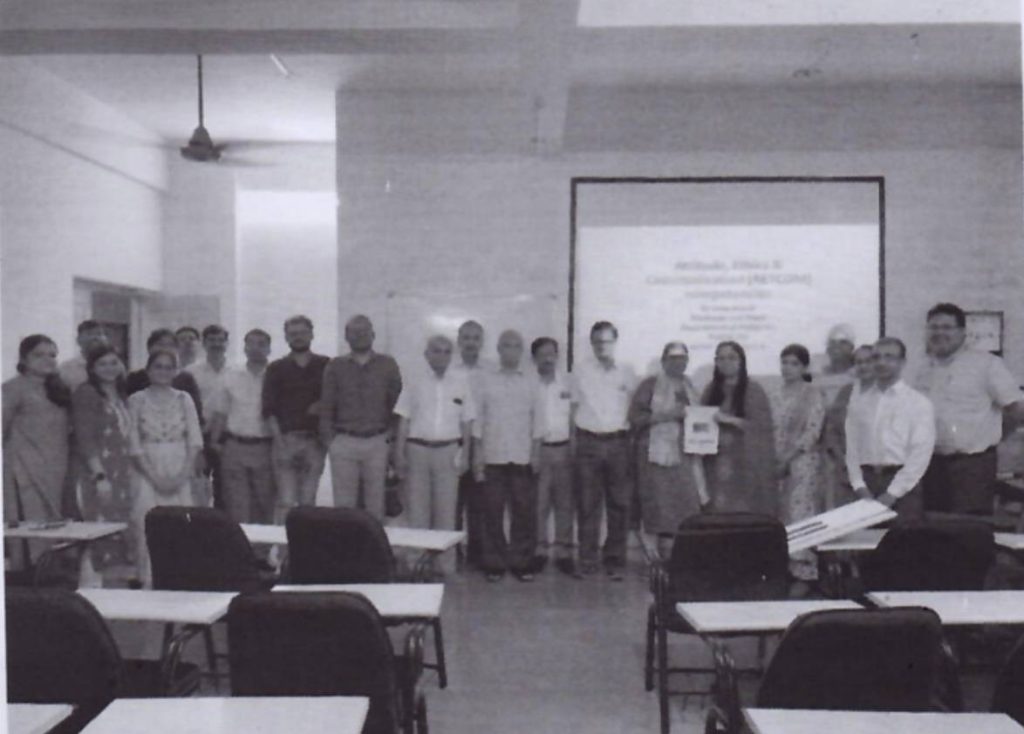

PRINCIPLES OF ASSESMENT - 1
The objectives of assessment include evaluating student understanding, guiding instructional decisions, and providing feedback for improvement. The principles for selecting assessment tools involve aligning them with learning outcomes, ensuring reliability, validity, and fairness. Assessments impact learning by motivating students, identifying areas for improvement, and helping educators tailor their teaching strategies to enhance student achievement.
USE OF MEDIA IN TEACHING
The types of media for teaching include print, audio, video, and digital resources, each serving to enhance learning through varied formats. Good practices when using media involve selecting appropriate materials that align with learning objectives, ensuring accessibility, and encouraging active engagement from students. Effective media use also requires integrating technology thoughtfully, fostering interaction, and maintaining balance to avoid over-reliance on any one type of media.
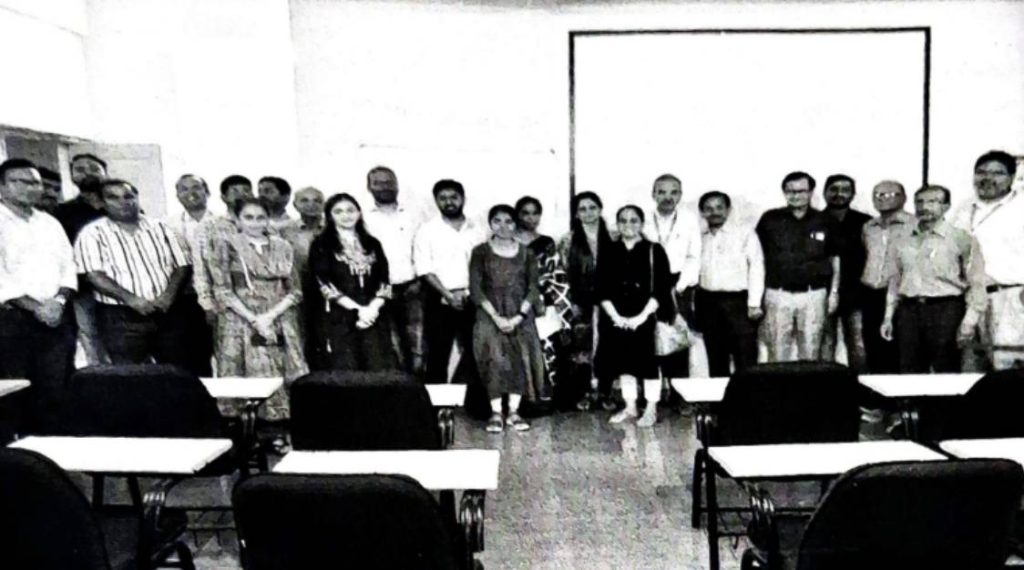
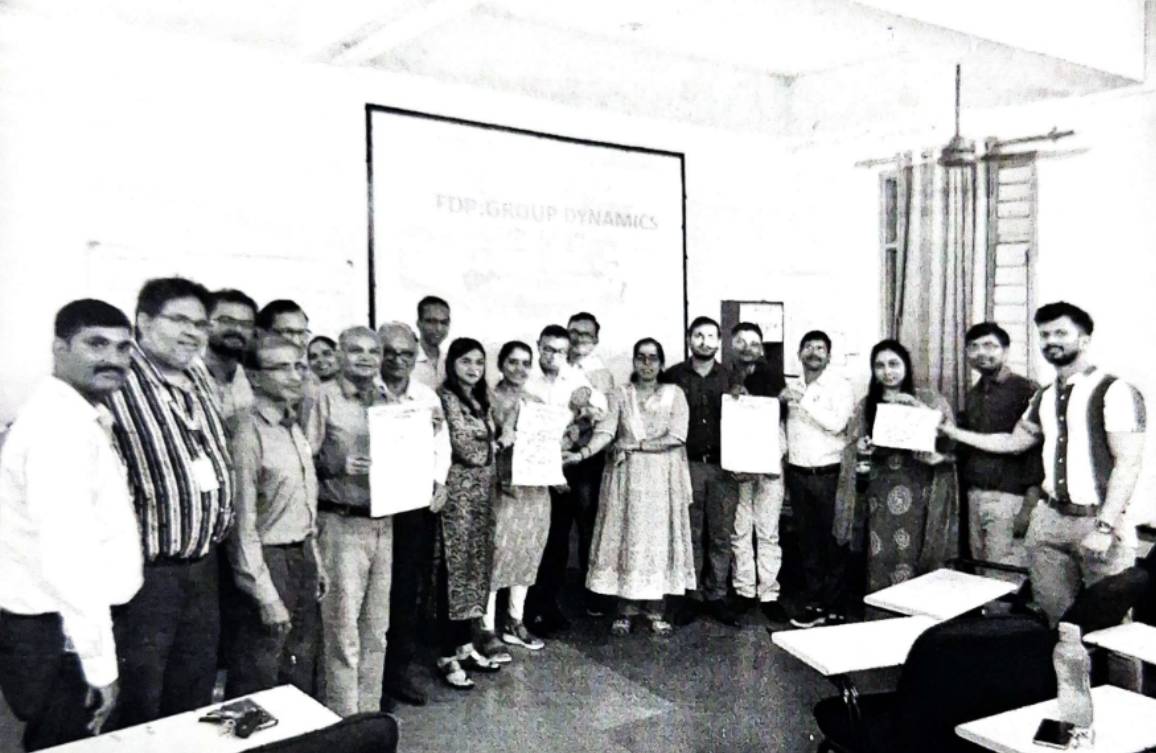
GROUP DYNAMICS
The fundamentals of group dynamics involve understanding how individuals interact, communicate, and collaborate within a group, influencing overall group effectiveness. Methods of small group learning include collaborative activities, discussions, problem-solving tasks, and peer teaching, fostering interaction, critical thinking, and shared responsibility for learning. These methods encourage active participation, enhance learning outcomes, and develop teamwork skills.
OBJECTIVE STRUCTURED CLINICAL EXAMINATION
The concept of OSCE (Objective Structured Clinical Examination) involves assessing clinical skills through a series of structured stations, each evaluating a specific aspect of patient care or medical knowledge. The process of implementing OSCE includes designing various stations with clear objectives, training assessors, and ensuring standardized procedures for all candidates. It emphasizes fair and reliable evaluation of practical competencies in a controlled, objective setting.
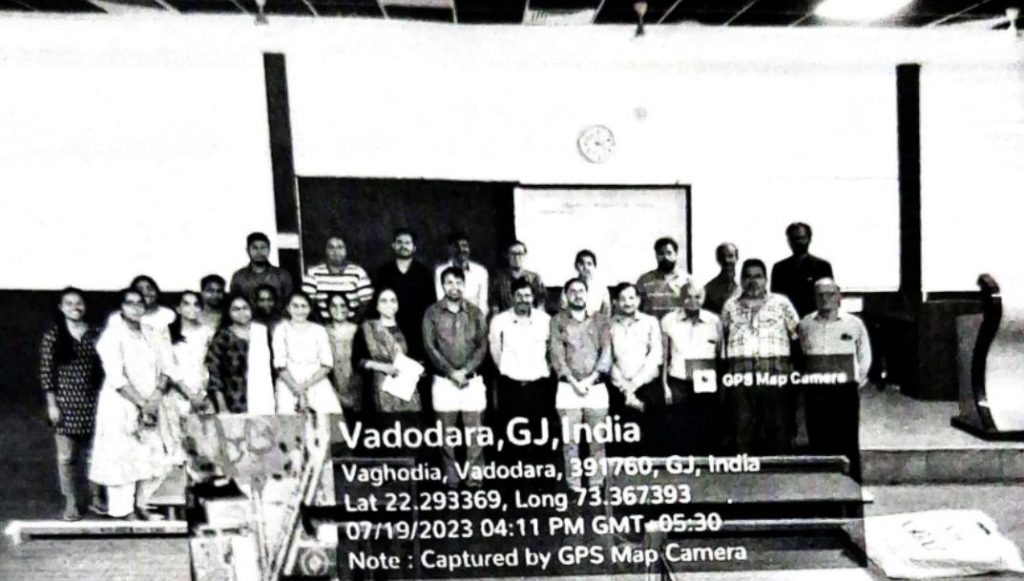
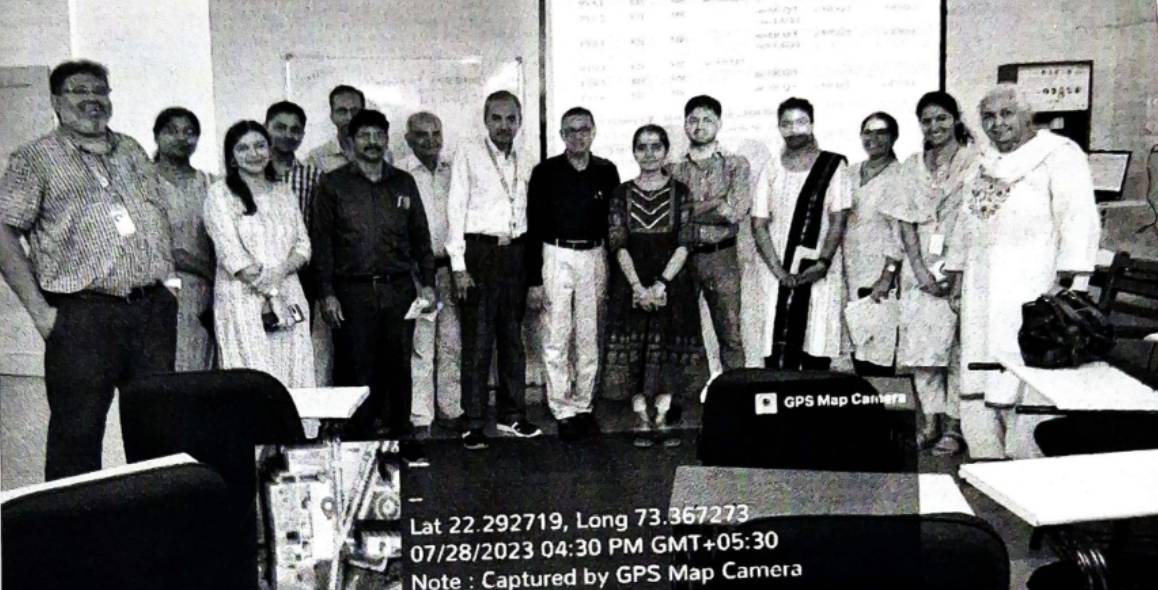
PRINCIPLES OF ASSESMENT - 2
Evaluating a test for validity ensures it measures what it intends to, reliability ensures consistent results over time, and feasibility assesses its practicality in terms of time, resources, and implementation. An assessment blueprint is needed to ensure alignment between learning objectives, assessment content, and instructional methods. Preparing and evaluating an assessment blueprint involves mapping out the assessment’s scope, format, and weighting to ensure comprehensive and fair evaluation of student learning.
TEACHING AND LEARNING METHODS
Various types of teaching methods, such as lectures, discussions, demonstrations, and case-based learning, play distinct roles in engaging students and enhancing their understanding. For small group learning, methods like collaborative problem-solving, peer teaching, and group discussions are effective, as they encourage active participation, critical thinking, and knowledge sharing among students. These methods foster deeper learning through interaction and allow for individualized attention and feedback.

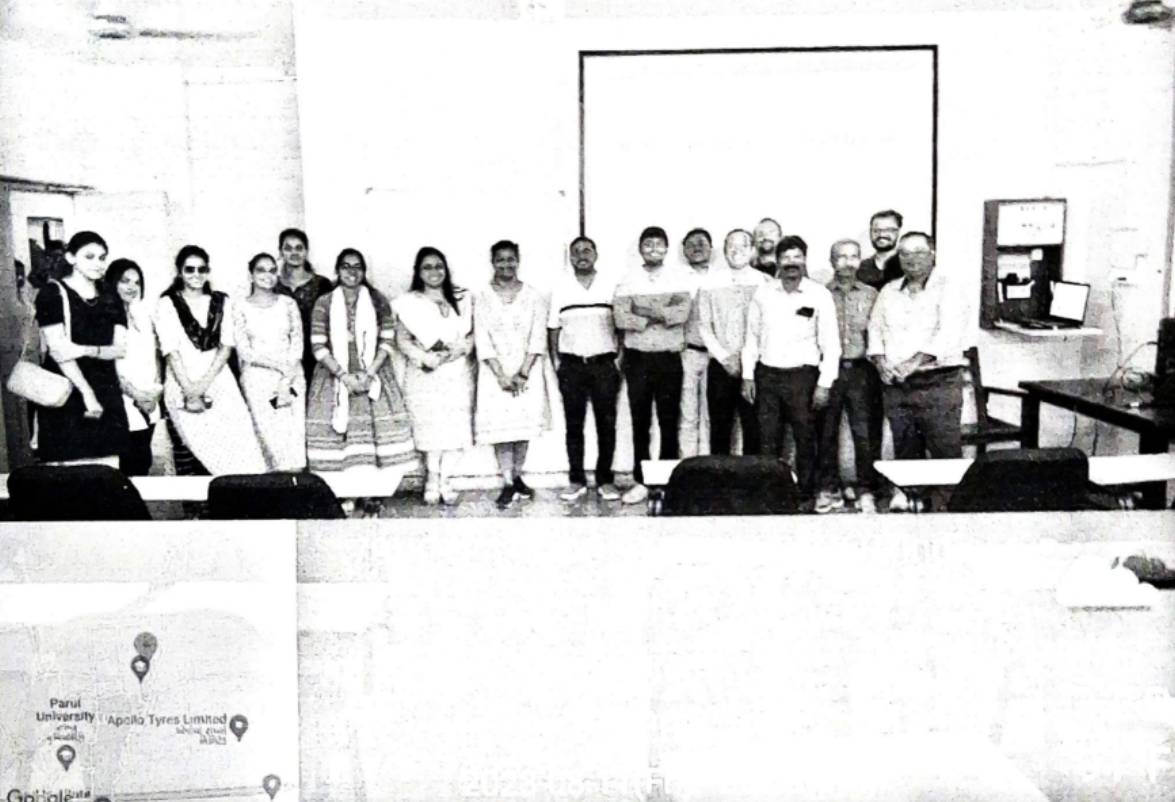
EFFECTIVE CLINICAL AND PRACTICAL SKILL TEACHING
Various teaching methods for skill training include demonstrations, hands-on practice, simulations, and role-playing, which help students develop practical competencies. The DOAP technique (Demonstration, Observation, Action, and Practice) is particularly effective for skill training, where the instructor first demonstrates the skill, then observes the learner practicing it, and provides feedback to ensure mastery through repeated practice and refinement. This approach enhances learning by combining theory with real-world application.
ALIGNMENT OF TEACHING LEARNING METHODS
Aligning teaching-learning methods with learning domains and competencies ensures that instructional strategies effectively target the desired outcomes. For cognitive domains, methods like lectures and discussions promote knowledge acquisition, while for psychomotor domains, hands-on practice and simulations are more suitable. Affective learning is best supported through group discussions and reflective activities, fostering emotional and value-based growth. This alignment enhances the relevance and effectiveness of the teaching process, ensuring students develop the necessary skills, knowledge, and attitudes.
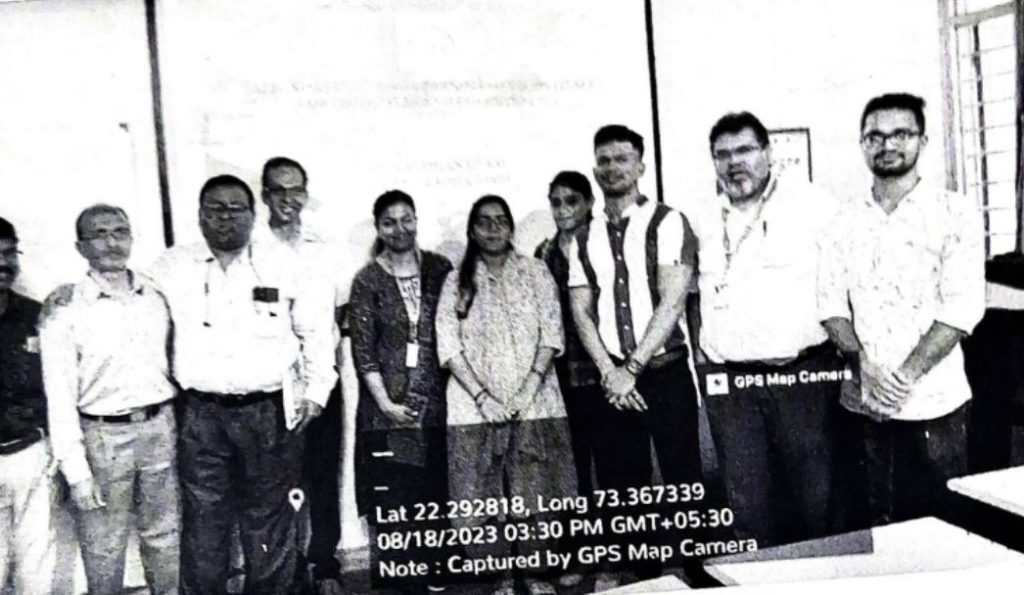
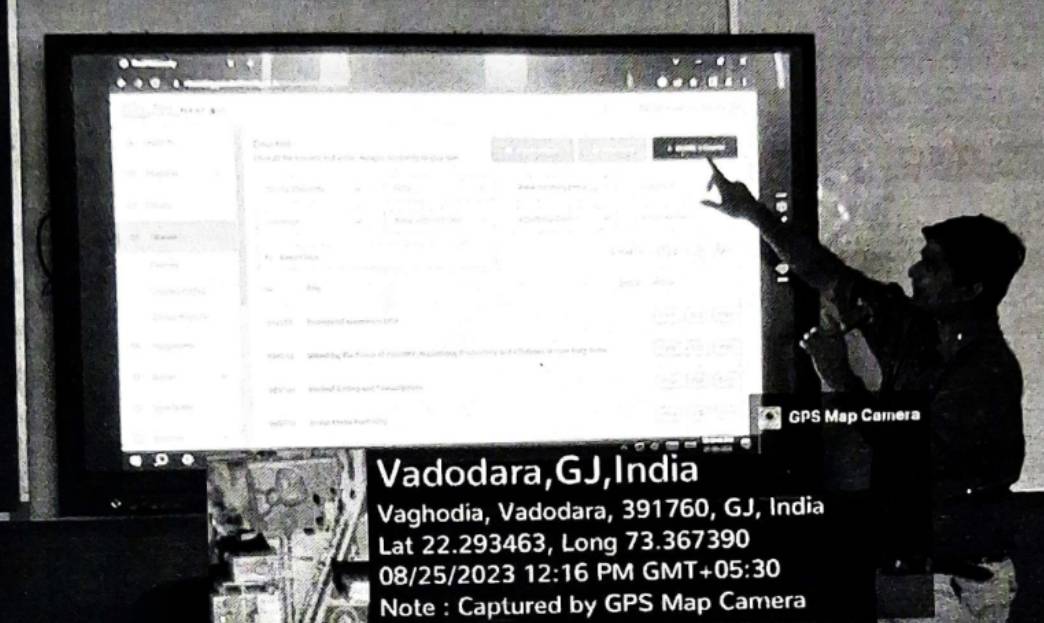
LEARNING AND MANAGEMENT SYSTEM
Recognizing the function of a Learning Management System (LMS) is essential for streamlining the delivery, tracking, and management of educational content. An LMS allows instructors to organize course materials, track student progress, and facilitate communication in an efficient and accessible manner. By using the LMS, educators can provide students with a centralized platform for learning resources, assignments, and assessments, ensuring a seamless and interactive learning experience. This system enhances both teaching effectiveness and student engagement.
SELF DIRECTED LEARNING - CONCEPT AND CONDUCT
Recognizing the concept of self-directed learning is essential for empowering students to take control of their educational journey, fostering independence and critical thinking. In a self-directed learning session, students are encouraged to set their own learning goals, identify resources, and monitor their progress. The session should provide a supportive environment with guidance on effective learning strategies, allowing learners to engage in meaningful, self-paced activities that enhance their knowledge and skills. This approach cultivates lifelong learning habits and promotes deeper understanding.
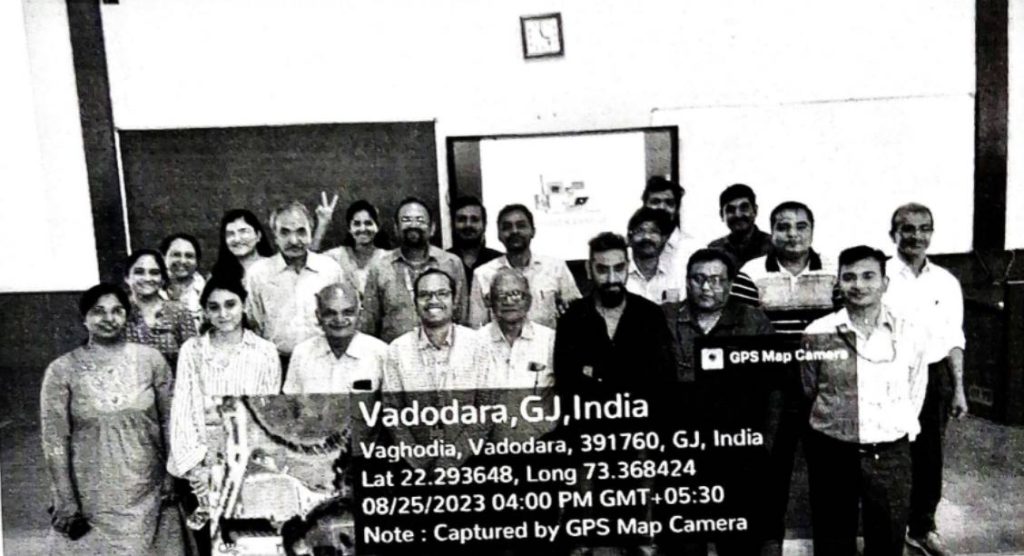
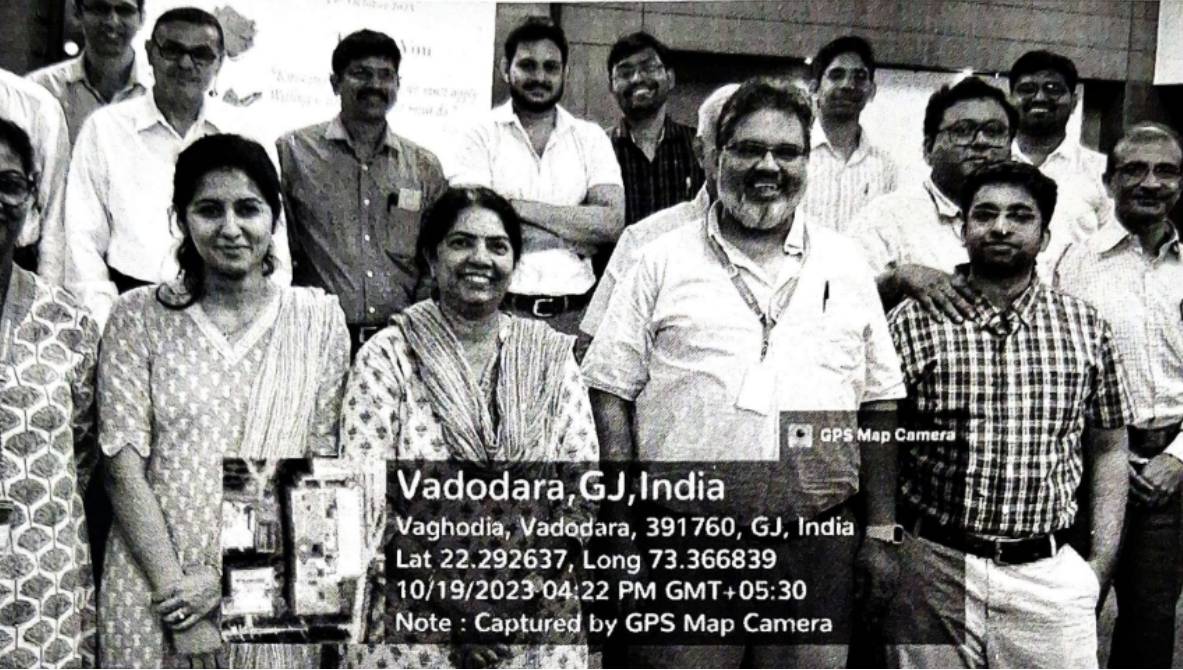
LESSON PLAN AND LEARNING OBJECTIVES
To prepare an effective lesson plan for teaching and learning activities, it is important to follow the recommended guidelines that ensure clear structure and alignment with learning outcomes. The lesson plan should include specific learning objectives that are measurable, achievable, and relevant to the course content. These objectives should focus on what students are expected to know, understand, and be able to do by the end of the lesson, ensuring a clear pathway for both teaching and assessment. Following these guidelines will help create a focused and engaging learning experience.
MENTORSHIP PROGRAMME FDP
Recognizing the fundamentals of a mentorship program is essential for fostering growth and development both for mentors and mentees. A well-structured mentorship program focuses on building trust, setting clear goals, and providing guidance through regular interactions. To practice mentoring effectively, it is important to actively listen, offer constructive feedback, and create a supportive environment that encourages continuous learning and self-improvement. This approach ensures a meaningful mentoring relationship that promotes professional and personal growth.
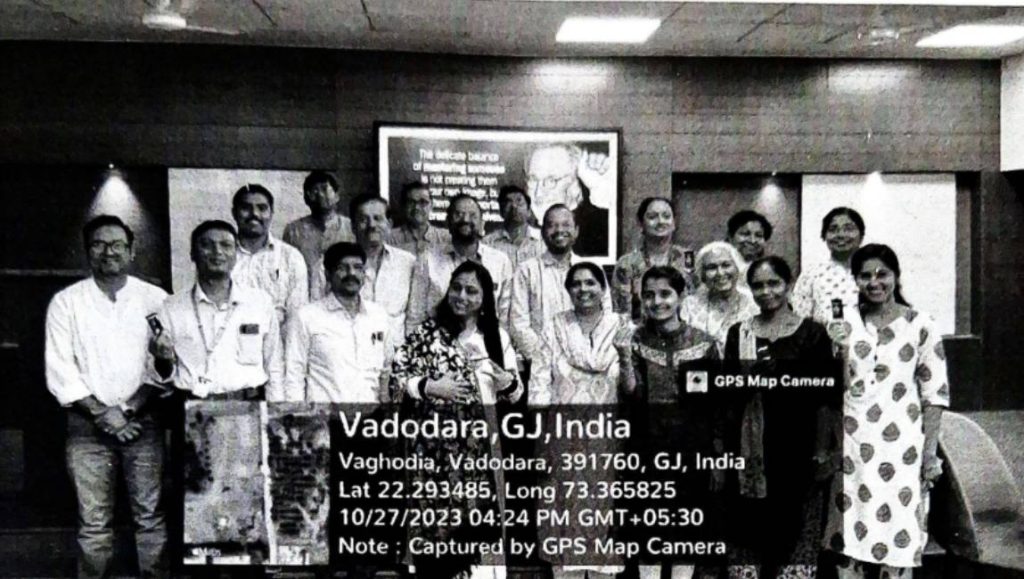
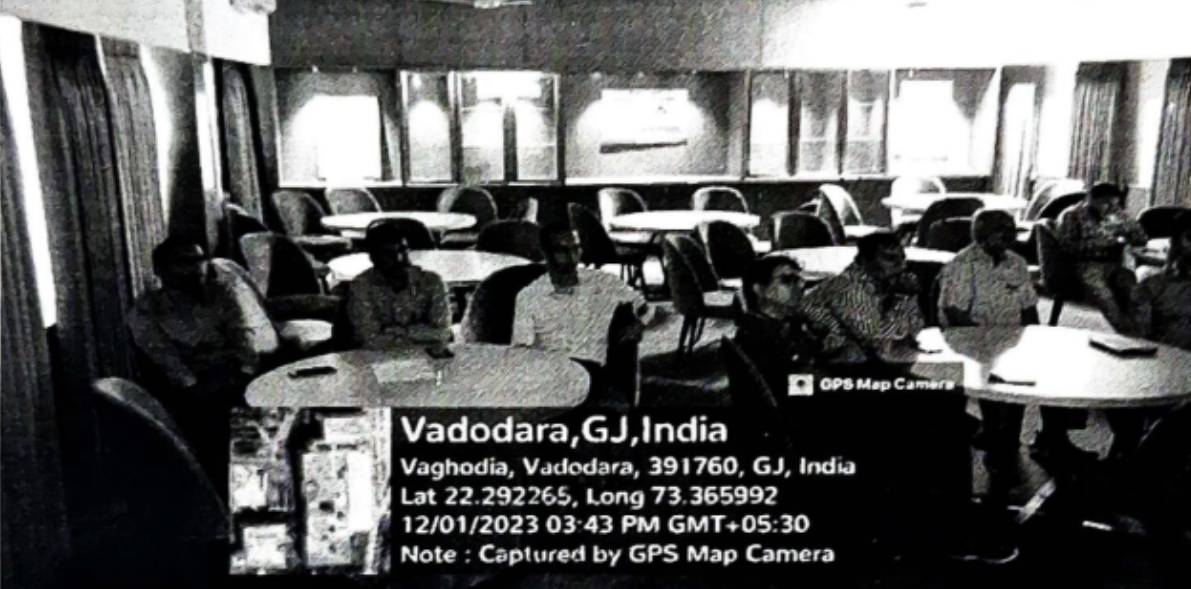
ROLE OF CINEMA IN EDUCATION
Recognizing the significance of cinematic education in the medical curriculum is crucial for enhancing students’ understanding of complex medical scenarios and human emotions. Through films and visual media, students can explore real-world cases, ethical dilemmas, and the psychological aspects of patient care. Key personalities in cinematic education, such as directors, actors, and medical consultants, play a vital role in shaping these narratives to foster empathy, critical thinking, and deeper insight into medical practice. This interdisciplinary approach enriches the learning experience and bridges theory with practical application.
INTEGRATION IN CBMECURRICULUM
Recognizing the significance of integration is key to understanding how different concepts and methods can be connected to enhance learning. An integration session should be scheduled to provide participants with a structured opportunity to explore and apply interdisciplinary approaches, fostering a deeper understanding of how various topics interrelate. The session can include discussions, case studies, and practical exercises to encourage collaborative learning and facilitate knowledge transfer across subjects.

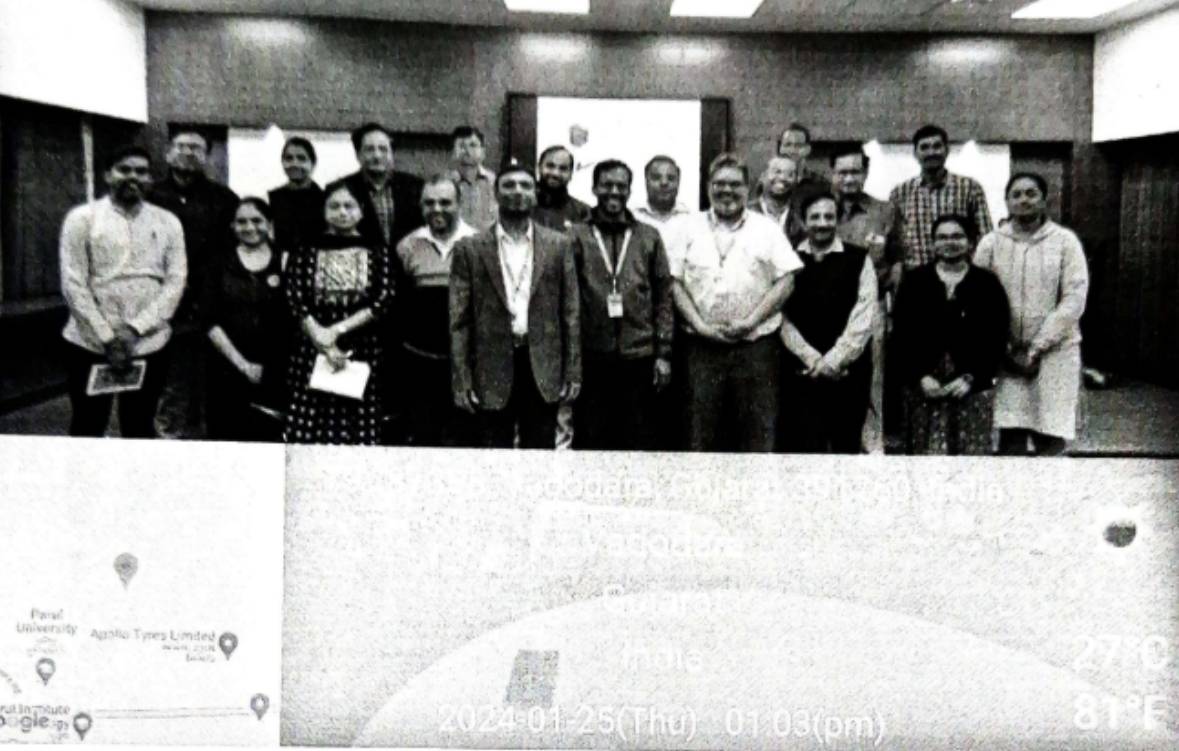
ASSESSMENT BLUEPRINT
An assessment blueprint is essential as it serves as a structured guide to ensure that evaluations align with learning objectives, ensuring fairness, validity, and reliability in assessments. It helps educators map out the distribution of content, the types of questions, and the cognitive levels to be tested, thereby providing a clear framework for designing assessments. This blueprint ensures comprehensive coverage of the curriculum and allows for a balanced assessment of student’s knowledge and skills. By establishing clear criteria and expectations, it helps both instructors and students understand the goals of the assessment process.
MCQ WORKSHOP
This workshop on Multiple Choice Questions (MCQs) was organized by the Medical Education Unit of our college as an integral part of a comprehensive faculty development program. The primary objective of this workshop was to equip faculty members with the essential skills and knowledge needed to design and write high-quality, valid MCQs that can effectively assess student learning.
